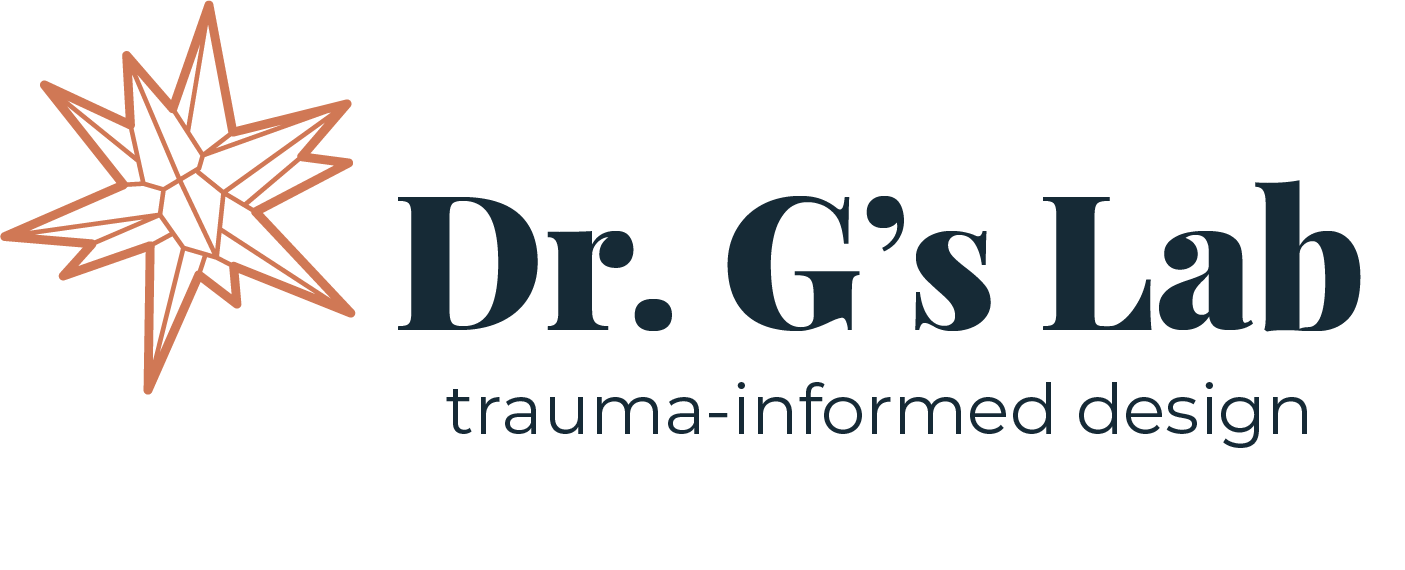Including Youth in Grants
How to Include Youth Participation in Your Next Grant Proposal
Integrating Youth Participation Into Your Grant Proposal: Key Strategies for Building Stronger, More Equitable, and Impactful Programs.
If you’re writing a grant and wondering how to meaningfully include youth — not just as “beneficiaries” but as collaborators — you’re not alone. Funders are increasingly looking for proposals that prioritize equity, co-creation, and real-world impact, and involving young people in your design, decision-making, or implementation process can be a powerful way to strengthen your story.
Here are a few tips to help you successfully integrate youth participation into your next grant proposal:
1. Name the Value of Youth Voice Up Front
Start by clearly stating why youth engagement matters for your work. This isn’t about checking a box — it’s about leveraging lived experience, creating relevance, and increasing impact.
For example:
“We believe that youth should be co-designers of the solutions that affect their lives. Their insights will ensure this project is relevant, effective, and culturally responsive.”
2. Include Youth Roles in Your Staffing Plan
Funders like to see where time and money are going. If youth are involved, show it in your staffing.
You might include roles like:
Youth Research Fellow
Youth Advisory Board Member
Peer Facilitator or Trainer
Content Reviewer for Youth Communications
Include stipends or hourly pay — youth labor is labor and should be compensated.
3. Outline Youth Participation in Your Timeline + Activities
Break down when and how youth will participate.
For example:
Phase 1: Discovery
Host 2 youth listening sessions to gather insights and validate user needs.
Phase 2: Co-Design
Facilitate 3 workshops with a Youth Advisory Board to test and refine prototypes.
Phase 3: Implementation
Train youth peer leaders to support community outreach and education.
This builds trust with funders that your youth engagement is intentional and structured — not an afterthought.
4. Include Youth Engagement in Your Budget
Here are common youth-related line items:
Youth stipends or honoraria
Food + transportation for in-person sessions
Digital access (e.g., hotspots, tablets)
Youth advisor training + support
Staff time for youth coordination and mentorship
Even a small budget can go a long way toward equity and inclusion.
5. Use Trauma-Informed Language
If your program serves vulnerable or marginalized youth, use trauma-informed language that emphasizes agency, safety, and belonging.
For example:
“Youth participants will be offered multiple modes of participation (virtual/in-person, verbal/written), and all sessions will be facilitated using trauma-informed and youth-centered practices.”
This shows funders that you understand the dynamics of power and safety — and that you’re building spaces where youth want to show up.
Bonus Tip: Highlight Previous Success
If you’ve worked with youth before, include short quotes or results:
“Youth advisors helped improve engagement by 200% through social media content they designed themselves.”
This builds your credibility and helps funders trust your process.
Youth aren't just the future — they're the now. Including them in your grant design isn't just a smart move for funding, it’s the right move for impact.
Need help crafting a youth engagement strategy for your grant proposal?
Dr. G’s Lab offers consulting and workshops to help organizations build youth-centered programs that are trauma-informed, equitable, and funder-friendly. Reach out to get started!

